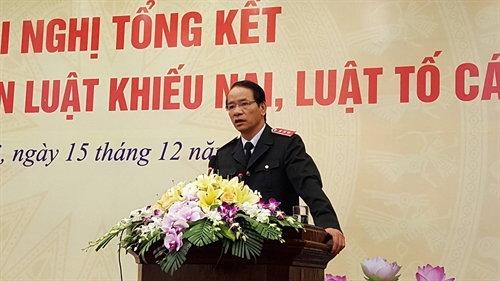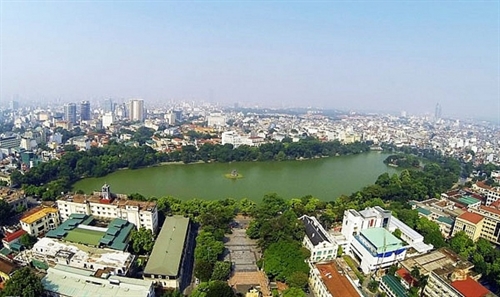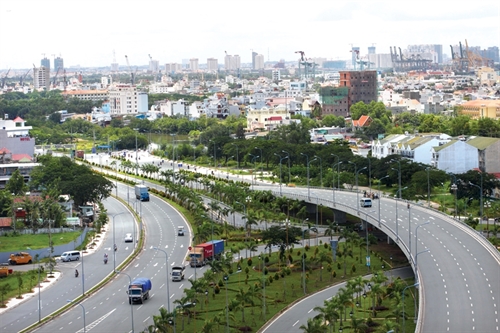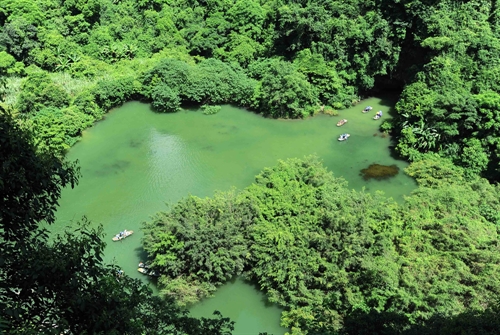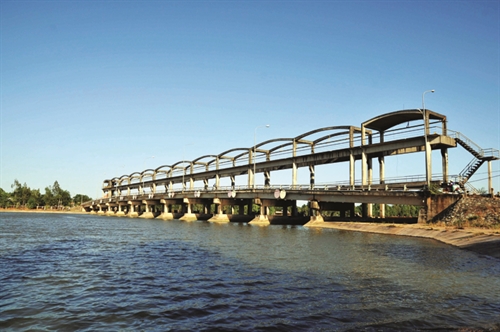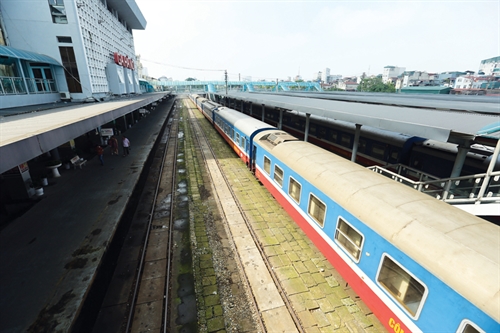The Law on Topography and Cartography (the Law), which is the first of its kind in Vietnam, can be seen as a legal framework for the development of the topography and cartography sector in the country.
The Law regulates topographic and cartographic activities; quality of topographic and cartographic products; topographic infrastructure works; topographic and cartographic information, data and products; and conditions for provision of topographic and cartographic services. It also defines rights and obligations of organizations and individuals involved in topographic and cartographic activities and the state management of topography and cartography.
Composed of 61 articles arranged in nine chapters, the Law introduces breakthrough policies on topography and cartography. Noticeably, the Law, for the first time, mentions the building of the national spatial data infrastructure.
Topographic and cartographic activities
Under Article 10 of the Law, basic topographic and cartographic activities include:
- Establishing the national original topographic data system, national coordinate net, national elevation net and national gravity system;
- Establishing the data network of national topographic system;
- Establishing the aerial image data system and remote sensing image data system;
- Establishing, operating and updating the national geographic database; establishing and updating the national topographic map system;
- Surveying and mapping national boundaries;
- Surveying and mapping administrative boundaries;
- Standardizing geographical names; and,
- Building and operating topographic infrastructure works.
The Law also prescribes specialized topographic and cartographic activities in Chapter III.
Uniform management of topographic and cartographic activities
Uniform management of topographic and cartographic activities is one of important contents of the Law, which aims to avoid overlaps in management and performance of topographic and cartographic projects as well as discrepancies among topographic and cartographic information, data and products due to subjective reasons.
Under the Law, the Ministry of Natural Resources and Environment will act as the focal point assisting the Government in performing the uniform state management of topographic and cartographic activities nationwide. However, the responsibility for management of topographic and cartographic activities will also be decentralized to localities. This will help improve local administrations’ autonomy in implementing topographic and cartographic tasks serving state management and socio-economic development.
Wider use of mobilized resources for topographic and cartographic activities
The State will further mobilize resources for development of topographic and cartographic activities, encouraging organizations and individuals to invest in the research and application of high technologies, advanced technologies and new technologies and in training and development of highly qualified human resources in the field of topography and cartography. This is one of the principles set forth in the Law.
The State will also create favorable conditions for organizations individuals to access, exploit and use topographic and cartographic information, data and products and the national spatial data infrastructure, and participate in topographic and cartographic activities.
According to the Law, foreign institutions may carry out topographic and cartographic activities in Vietnam. They will be granted licenses for topographic and cartographic activities only after winning tenders for selection of contractors to implement projects involving topographic and cartographic activities. Besides, they must actually possess equipment and technologies suitable to their declaration in the dossiers submitted to the project owners.
Another noteworthy point of the Law is legalizing independent topographic and cartographic practitioners. The grant of certificates of topographic and cartographic practice to individuals is one of measures to ensure their rights and responsibilities when participating in topographic and cartographic activities. This is a requirement set out by most countries in the world, aiming to effectively use human resources in the age of globalization. This is also a condition for implementation of the ASEAN countries’ Framework Agreement on Mutual Recognition of Topographic and Cartographic Qualifications.
Besides, the Law encourages the application of new technologies, advanced and modern technologies in the collection and processing of topographic and cartographic information, data and products, thus contributing to the promotion of the use of artificial intelligence and internet of things based on the geospatial data.
The Law prohibits forging or falsifying topographic and cartographic data and results; destroying or damaging topographic infrastructure works and their safety corridors; and conducting topographic and cartographic activities while not yet meeting the conditions on professional qualifications or under the name of other entities. Acts of publishing or selling topographic and cartographic products or publications containing false information relating to national sovereignty or leaking or disclosing topographic and cartographic information, data or products classified as state secrets will also be banned.
The Law will take effect on January 1 next year.- (VLLF)
